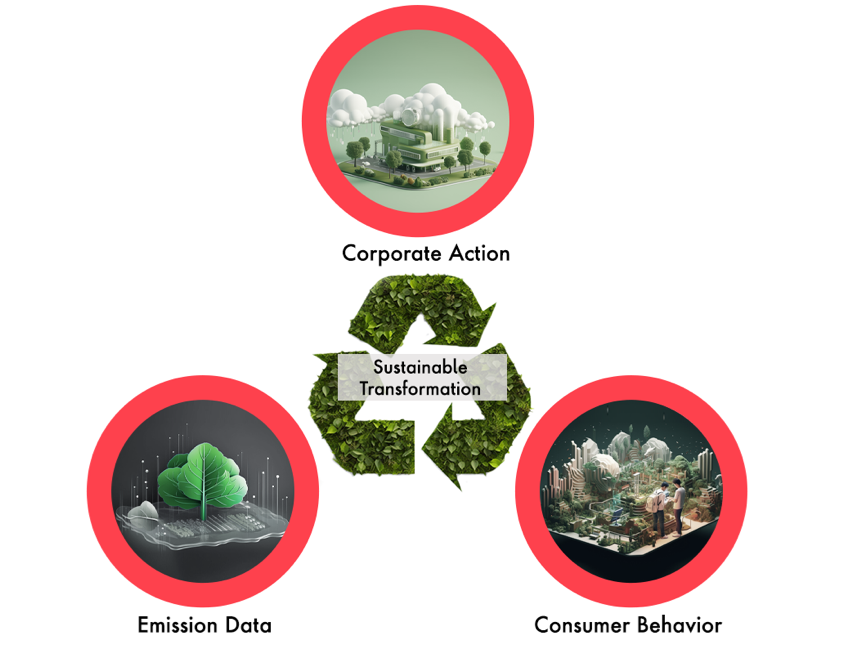While consumer discourse around sustainability strengthened in 2023, consumer behavior has been slower to change than many CP firms imagined. A Publicis Sapient survey found that 77 percent of U.S. adults say they would avoid retailers that aren't sustainable, but only 54 percent also say they purchase products even if they know they aren't sustainable.
It seems that although most consumers care about sustainability, it doesn’t always influence their purchasing behavior. This is often because of rising costs of living limiting sustainable purchasing power.
According to Emmanuel Krantz, senior director of CX and innovation at Publicis Sapient, the cost-of-living crisis has continued to accelerate polarization between consumers and societies that act on sustainability and those that don't. During economic downturn, higher-income consumers are still able to purchase more expensive and more sustainable products, while lower- and median-income consumers fall back to looking for the lowest prices.
At the same time, even if many consumers are prepared to pay more for sustainable products, a lack of accessible recycling and product disposal options can get in the way of a product’s intended impact.
For example, around 25 percent of recycling from “single-stream” recycling programs (found in the majority of U.S. neighborhoods) is contaminated, and goes straight to the landfill. On top of that, research suggests that U.S. consumers only recycle about half of their household recyclables. This means CP firms need to think beyond consumer behavior to achieve net-zero goals.






 Close
Close